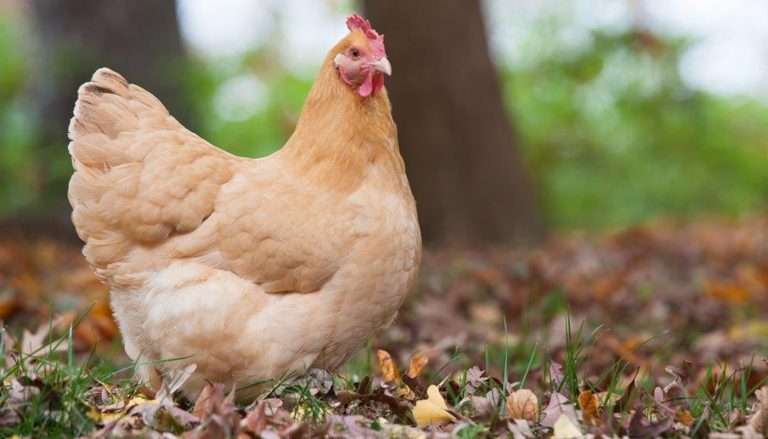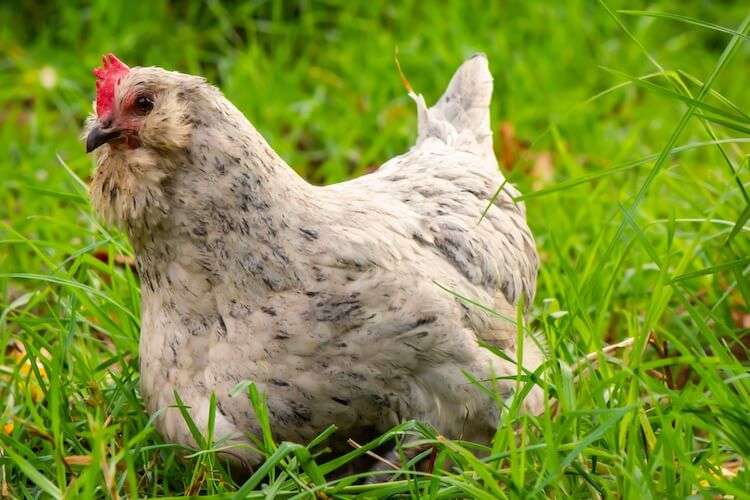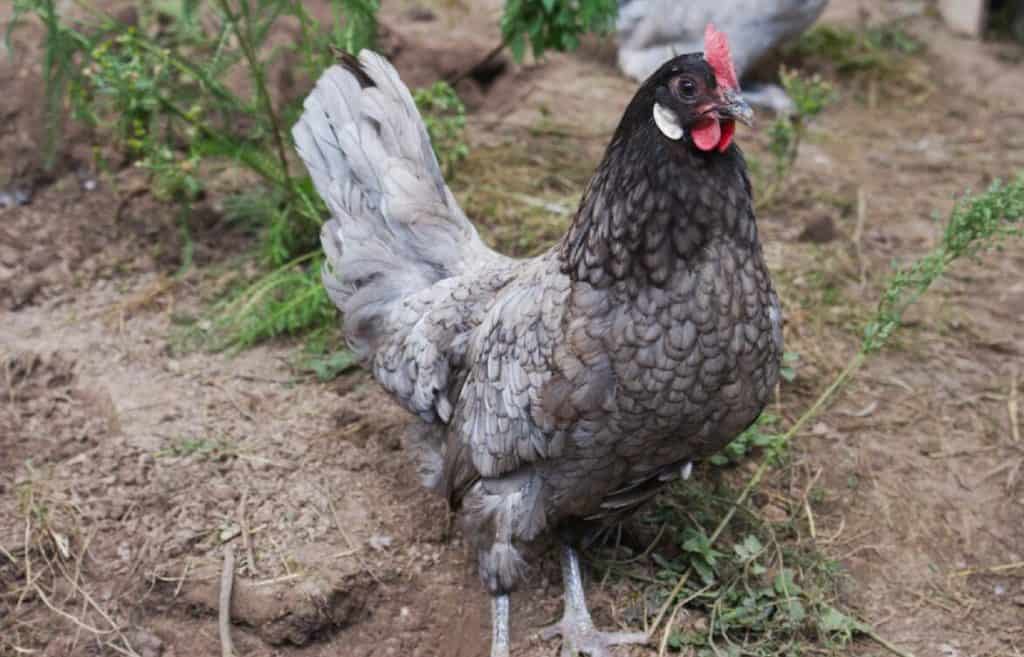
A British breed of chicken is called an Orpington. In the latter half of the nineteenth century, William Cook of Orpington, Kent, in southeast England, began breeding it. It was meant to be a dual-purpose breed that could be raised for both eggs and meat, but it quickly turned into a show bird alone.
Description
The Orpington appears well-rounded and even chubby at first glance. A mature Buff Orpington hen should have a body shape resembling a U with a rounded back. She has a short back, a full figure that is heavy, and she has curves. Her legs are robust and spaced widely apart to maintain balance. Although Orpingtons all have clean legs, their body feathering partially conceals them. They have copious feathering, as was already described. Compared to a Cochin, the feathers are looser but marginally tighter. While roosters have a considerably larger comb and wattles that will need special attention during the chilly winter months, hens will only have a single medium-sized comb.
The American Poultry Association first approved the Orpington in the buff hue. The Buff Orpington is without a doubt the most popular color offered. Black and white, Blue, Cuckoo, Spangled, Red and Diamond, Jubilee, Black mottled, Silver partridge, and Chocolate are some of the many hues that are offered.
As Pet

Housing
Orpingtons thrive in vast, secure backyards, although a small flock can be housed in a smaller backyard. Standard birds can be kept in small chicken coops for brief periods of time because of their big size. Ideally, a mature bird should have at least 5 square feet of space in a coop and about 20 square feet of space in a run.
Orpington Chickens must have good outside access to avoid boredom because they enjoy exploring and searching for food outside. High-level confinement fencing is not necessary for these hens’ protection from predators because they are very bad flyers.
Feeding
From eight weeks of age and older, feed your Oprington a balanced diet of cereals, chicken mash, chicken pellets, and grains. To make sure they get all their nutrients, this should be given to them first thing in the morning before being let out to roam. They do need to have their feedings watched because they tend to cling to their feeders and have a tendency to overeat. When chickens are younger than eight weeks old, Chick Starter is always the best option.
In order to assure the quality of their eggs and to maintain optimal health, laying hens should have more protein and calcium in their meals. Orpington does enjoy receiving fruit and vegetable scraps from the table. On really hot days, kids prefer these scraps even more when they are given as ice cubes. If you feed your hens properly, they will provide a lot of nutrient-rich fertilizer for your organic garden, which will help your vegetables and flowers develop.
Grooming
These adorable creatures like a good dust bath, as do most birds. Their love of human contact and affection makes routine checks for mites, lice, and other parasites simple. To keep your chickens healthy, check their feathers at least once a week for these pests. Always have your birds de-wormed on a regular basis, particularly if they interact with kids or other animals.
Temperament
Being a rather calm breed, buff orpingtons make the ideal first backyard chicken to own. They are a true “family bird” and will probably follow you and your kids about while you are gardening, maybe in the hopes that you will throw them a treat or two. Additionally, they’ll be at ease if you take them up and place them in your lap for a bit. They’ll also be content for you to pet and spoil them.
Table





